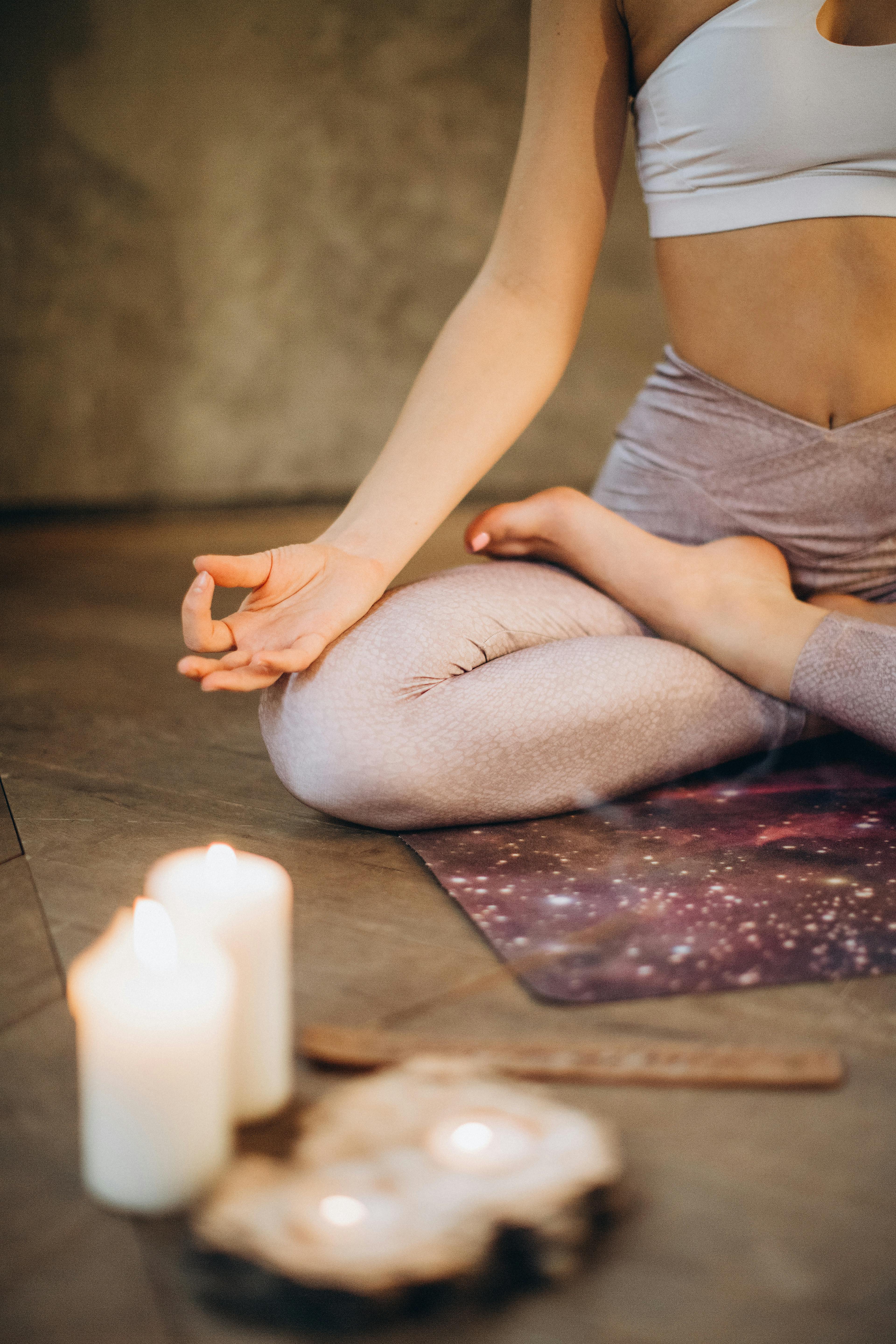8 Powerful Tips for Mind Relaxation and Stress Relief
Feeling overwhelmed by daily stressors is more common than ever. In a fast-paced world, knowing effective tips for mind relaxation is essential for maintaining mental and emotional well-being. This article offers expert strategies designed to help you unwind, regain focus, and boost your overall quality of life.

Understanding the Fundamentals
The foundation of mind relaxation begins with understanding how the brain processes stress. Stress is a biological response designed to protect us, but chronic stress can lead to emotional exhaustion and physical health issues. The good news is that the brain can be trained to manage these responses.
Understanding these mechanisms is crucial. Think of the mind like a muscle—relaxation is a skill that can be practiced and improved, just like physical fitness. Let’s explore the core concepts that underpin effective mental relaxation.
1.1 The Role of the Parasympathetic Nervous System
This part of your autonomic nervous system helps control rest and digestion. Unlike the ‘fight or flight’ system, the parasympathetic system triggers calm and composure. Studies show that activating it regularly improves sleep quality, lowers blood pressure, and enhances cognitive function.
Real-world applications include practices like deep breathing and meditation, which help regulate this system. A common misconception is that relaxation means doing nothing—but in reality, it’s an active state of mental rejuvenation.
1.2 Mindfulness and Presence
Mindfulness is the practice of being present in the moment. Unlike daydreaming or worrying about the future, mindfulness brings your attention to the ‘now.’ This technique has been linked to reduced anxiety and better emotional regulation.
Its uniqueness lies in its simplicity—you can practice mindfulness while walking, eating, or even washing dishes. Studies reveal it can rewire neural pathways to foster calm and improve memory over time.
Practical Implementation Guide
Understanding the principles is only the first step. To truly benefit from tips for mind relaxation, practical application is key. Setting realistic goals and creating a routine are essential to seeing long-term improvement.

2.1 Actionable Steps
- Establish a daily relaxation routine: Set aside 10–15 minutes each day for practices like meditation or breathing exercises.
- Use tools like guided apps or calming playlists: Resources such as Headspace or Spotify’s ambient tracks can support your practice.
- Track progress with a journal: Documenting your experience helps identify what works and keeps you accountable.
2.2 Overcoming Challenges
Several obstacles can derail your progress, including lack of time, inconsistent routines, and mental restlessness. Solutions include scheduling your sessions, using reminders, and starting with shorter practices.
Experts recommend beginning with 5-minute sessions and gradually increasing duration. Avoid multitasking during relaxation to enhance effectiveness. Watch out for signs like persistent fatigue or irritability, which may indicate deeper issues requiring attention.
Advanced Applications
Once foundational practices are established, you can explore more advanced techniques. These methods are ideal for those who’ve already integrated basic routines and seek deeper mental clarity and resilience.

3.1 Neurofeedback and Brainwave Training
Neurofeedback uses real-time brain monitoring to teach relaxation techniques. Case studies show improved sleep, reduced anxiety, and better concentration. Performance metrics include decreased beta wave activity and increased alpha waves—associated with calm states.
3.2 Integrative Mind-Body Therapies
Techniques like yoga nidra, tai chi, or progressive muscle relaxation can be integrated with mindfulness. These systems are compatible with a range of lifestyles and can be customized to individual needs.
They enhance emotional intelligence, support physical health, and often require minimal equipment—making them accessible for most people.
Future Outlook
As science continues to evolve, new approaches to mental relaxation are emerging. Trends include virtual reality-assisted meditation and AI-driven emotional support systems. These tools promise more personalized and immersive experiences.
Over the next 3–5 years, expect increased accessibility to high-tech relaxation tools and integration into mainstream healthcare. Preparing for this shift means staying open to innovation while staying grounded in proven techniques.
Conclusion
In summary, the top 3 tips for mind relaxation are: practicing mindfulness, establishing a consistent routine, and exploring advanced techniques like neurofeedback. These strategies help reduce stress and promote a balanced, healthy mind.
Take action today—choose one technique and commit to practicing it daily. For best results, combine multiple methods tailored to your lifestyle and preferences.
Frequently Asked Questions
- Q: What is the easiest way to start mind relaxation? Begin with deep breathing exercises or guided meditation for 5 minutes daily to build the habit.
- Q: How do I begin a mind relaxation routine? Choose a consistent time, find a quiet space, and use an app or timer to guide your sessions.
- Q: How much time does mind relaxation require? Even 10–15 minutes a day can lead to noticeable benefits within a week, depending on consistency.
- Q: Does mind relaxation cost money? Many techniques are free or low-cost. Apps, classes, or coaching may require payment, depending on depth.
- Q: How does this compare to traditional therapy? Mind relaxation complements therapy, not replaces it. It’s ideal for daily stress but not a substitute for clinical treatment.
- Q: Is mind relaxation difficult to learn? Most techniques are beginner-friendly. Challenges mainly lie in maintaining consistency, not complexity.
- Q: Can this be applied in the workplace? Absolutely—quick breathing breaks, mindfulness pauses, or even short walks can improve productivity and focus.
